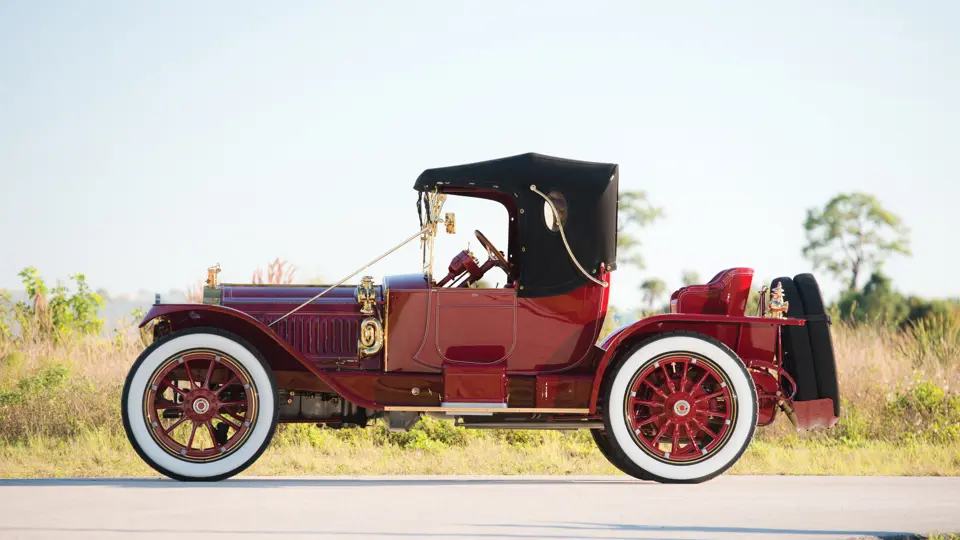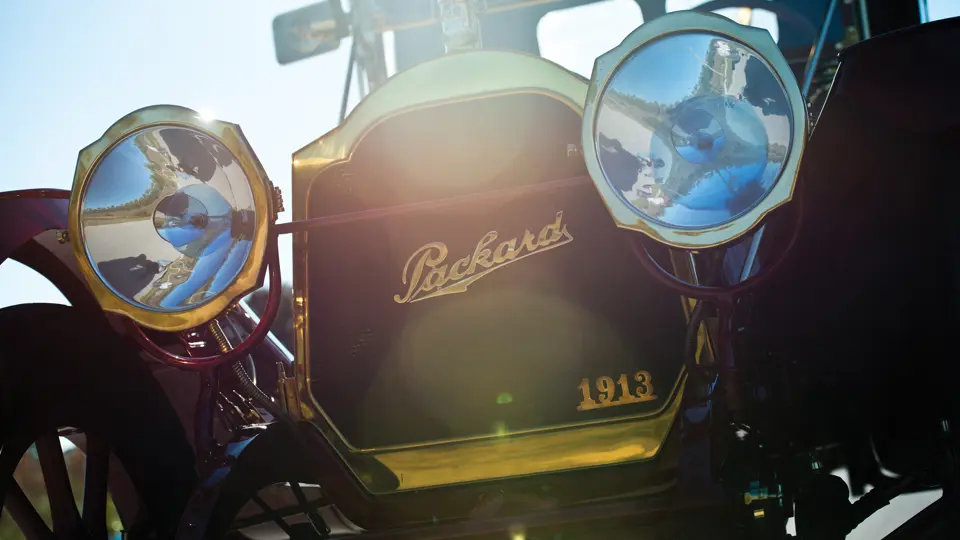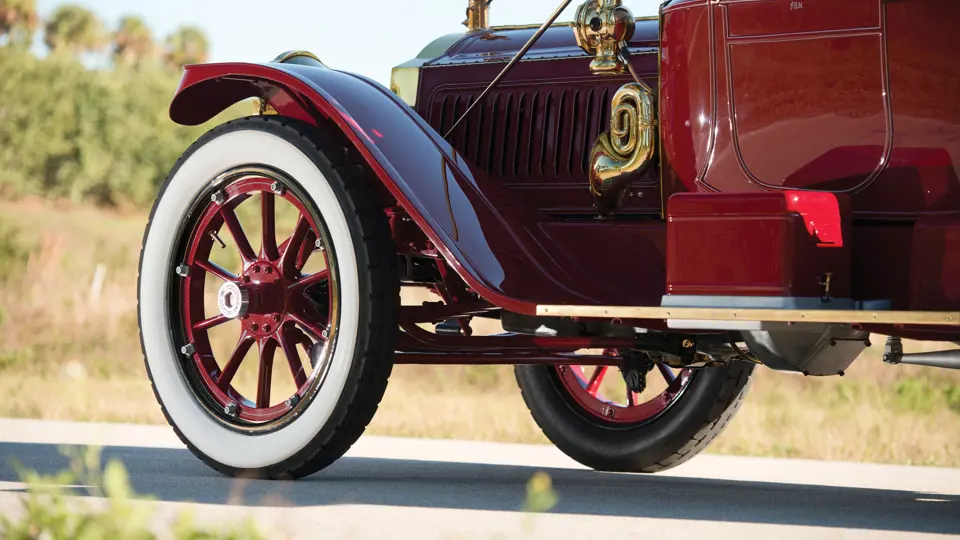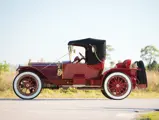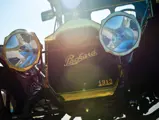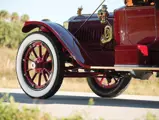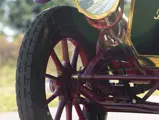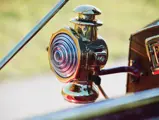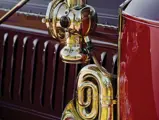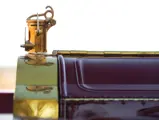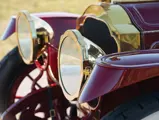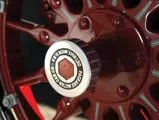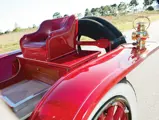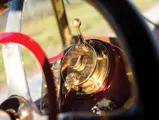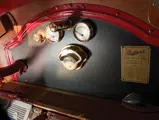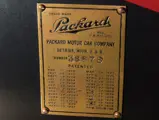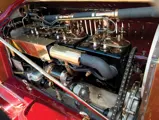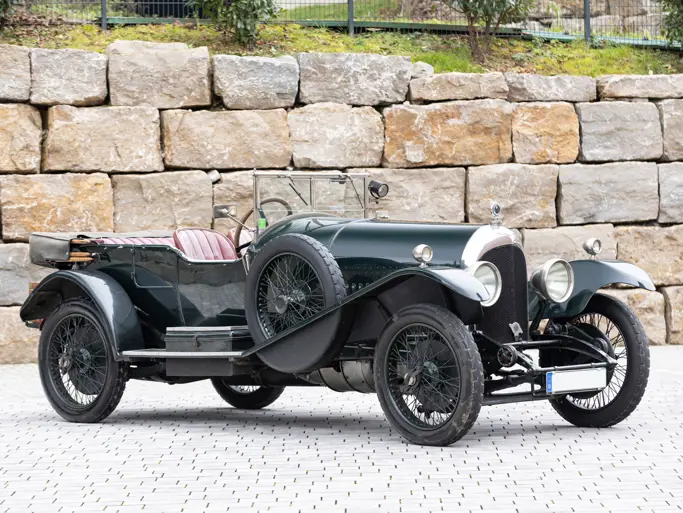Model 1-38. 60 bhp, 415 cu. in. L-head inline six-cylinder engine, rear-mounted three-speed manual transmission, solid front axle with semi-elliptic leaf springs, live rear axle with semi-elliptic leaf springs, and two-wheel mechanical brakes. Wheelbase: 115 in.
The 1-38, introduced in December 1912, was Packard’s second six-cylinder model. It had an L-head design, with cylinders cast in pairs, it rode on seven main bearings, and it displaced 415 cubic inches and developed 60 brake horsepower. It was the first Packard car to have left-hand drive and an electric start, with the latter being provided by a Delco starter-generator, of the type developed by legendary engineer Charles Kettering.
A notable feature of the 1-38 was a control unit that was attached to the steering column. The unit was the brainchild of chief engineer Jesse Vincent, who would later be responsible for Packard’s Twin Six and Liberty aircraft engine, and it had an ignition lock; switches for the ignition, lights, and horn; and a mixture control for the carburetor. This placed most controls within easy reach of the driver, leaving the instrument panel free for instruments alone, save for a carburetor primer used for starting.
Most 1-38s were constructed on a 134-inch wheelbase chassis. The two-passenger runabout, however, was built on a jaunty 115-inch frame, and it measured nearly two feet shorter than the big cars, with comparably lightweight bodywork. As it was powered by the same big six as heavier phaetons and broughams, the result was a nimble automobile with spirited performance. In fact, the 1-38 Six Runabout could be looked upon as the spiritual ancestor of the famous Speedster Eight of 1929 and 1930.
The car offered here is one of only five known Runabouts, and it has had its history traced by Packard historian John Grundy back to an owner in Cleveland, Ohio, in the 1930s. In 1950, it was sold by an owner in Kissimee, Florida, to Oakley Sumpter, of Perryville, Missouri, for $450. Reportedly, Sumpter was a “scout” for Bill Harrah, and after finding this car sitting in an orange grove, where it was being used as a truck, he purchased it for himself. Mr. Sumpter retained ownership of the car for 35 years; after which, it was acquired by restorer Wendell Ohlendorf, of Beecher, Illinois, for his client, collector Cornelius “Konnie” Kuiper.
Mr. Kuiper had the car painstakingly restored by Mr. Ohlendorf and his son, Tim. In a recent interview, Mr. Ohlendorf discussed that when the Packard was acquired, it retained all of its original bodywork, including the hood, fenders, and running boards, except for the sheet metal under the mother-in-law seat. Photos on file, received from Mr. Ohlendorf, confirm this.
The finished car was sold in 1997 to renowned Michigan enthusiast John McMullen. Mr. McMullen had the car refinished by the respected shop of Brian Joseph, in the present color scheme of red with white striping. The front seats are in red leather, and the rear mother-in-law seat is upholstered in matching red vinyl. The top is of black canvas, with brass hardware and a deep red lining, and the twin rear-mounted spare tires have a black canvas cover. The chassis frame, suspension, and axles are all finished in the body color, as are the wheels, which are pinstriped in grey and white. The engine is painted in gloss black and has been fully detailed.
Following completion of this work, the Packard was shown extensively by Mr. McMullen, and it won many major awards, including Best in Class at the Meadow Brook Concours d’Elegance and Best in Show at the Bay Harbor Motoring Festival. After a decade in the McMullen Collection, it was purchased and owned for several years by another respected collector, John Groendyke, before coming into the ownership of its present owner.
This beautiful Packard, a proven award winner with decades of known history, is a Brass Era car for the sports car enthusiast, as it is powerful, flamboyant, and a joy to drive.
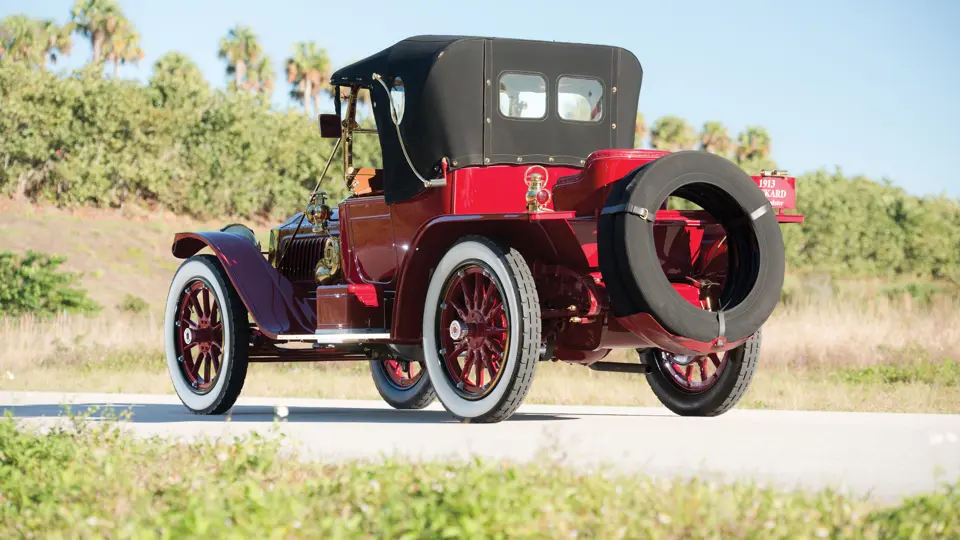

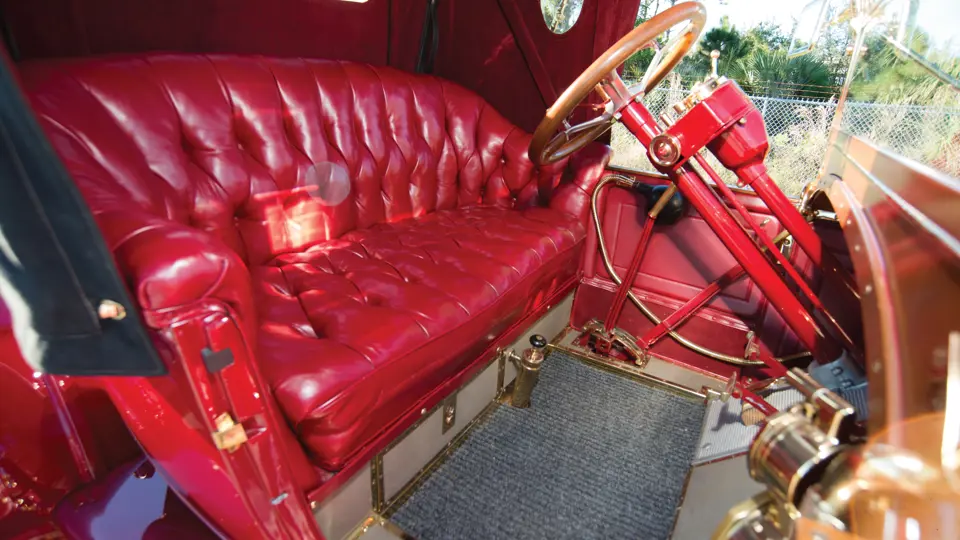

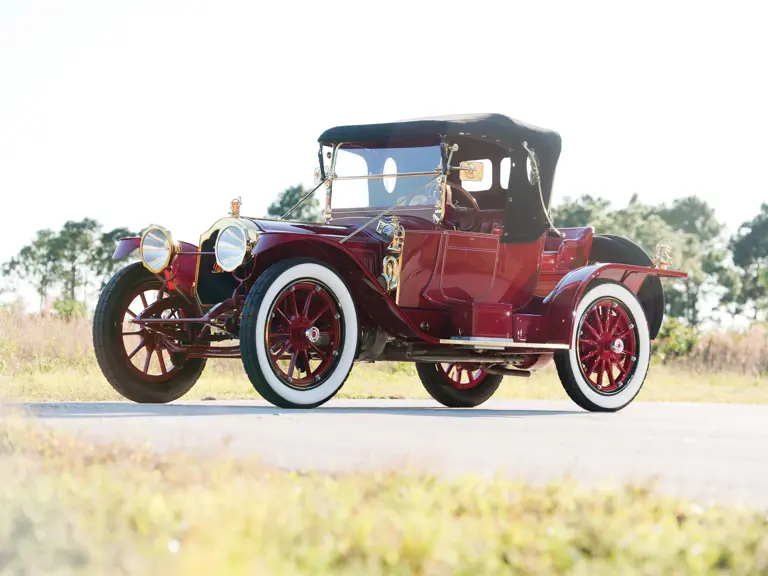
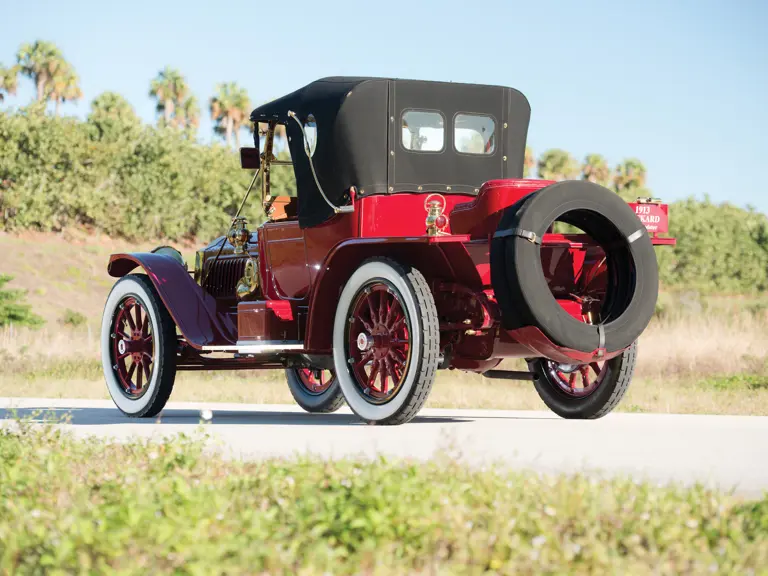
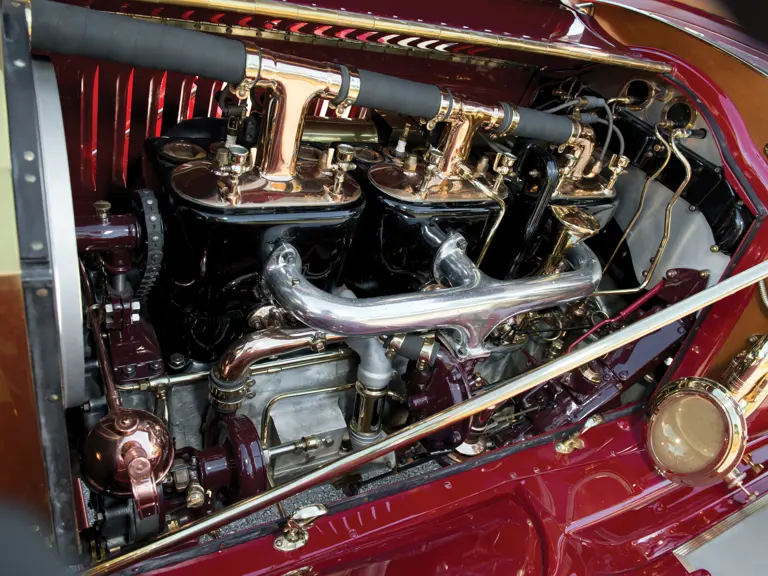

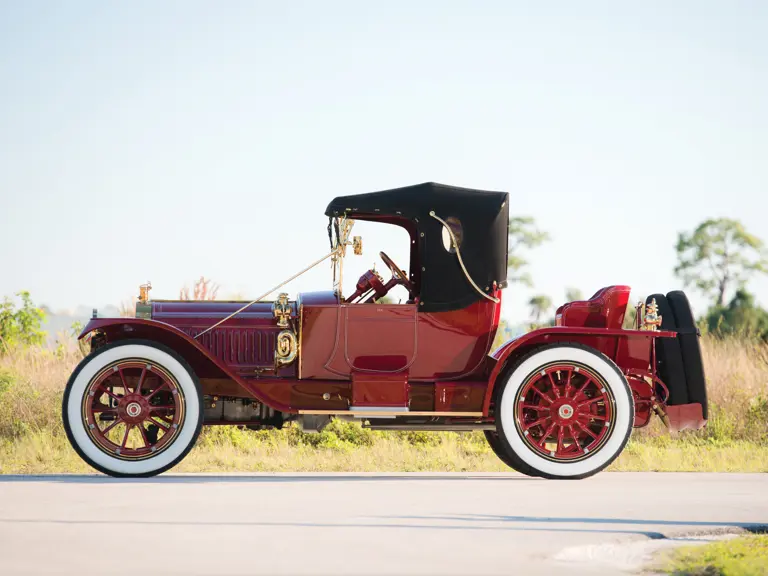
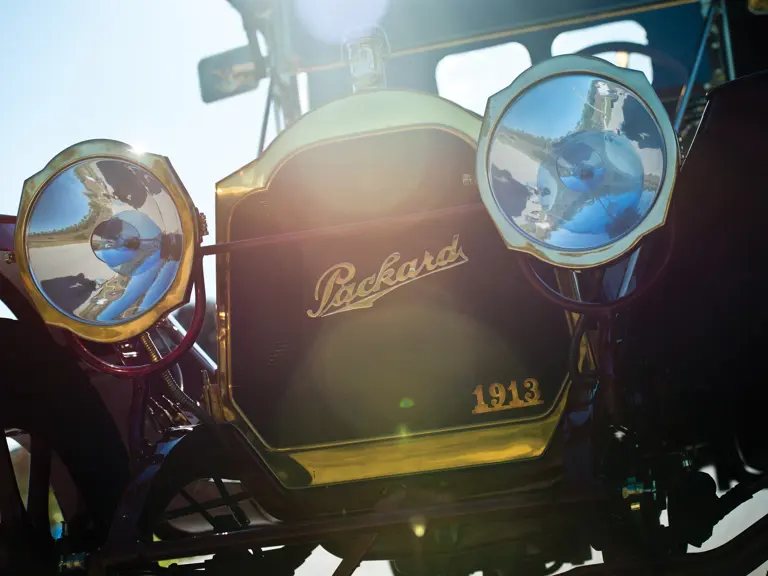

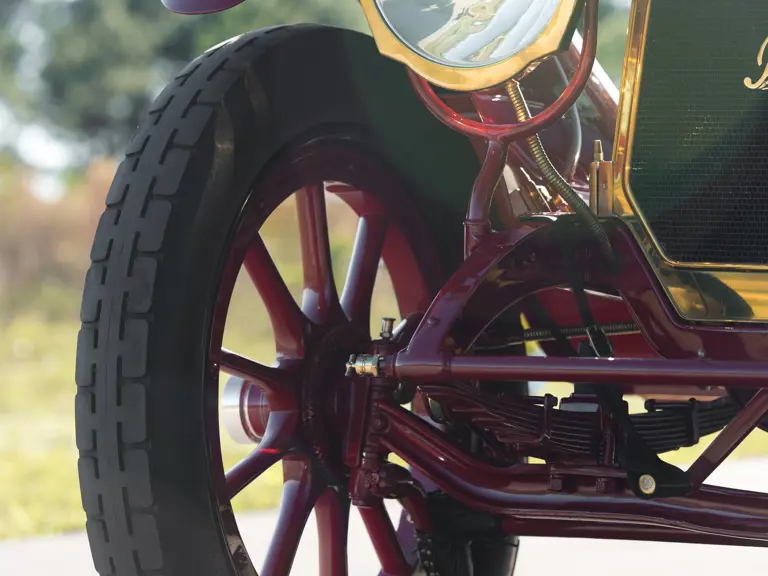
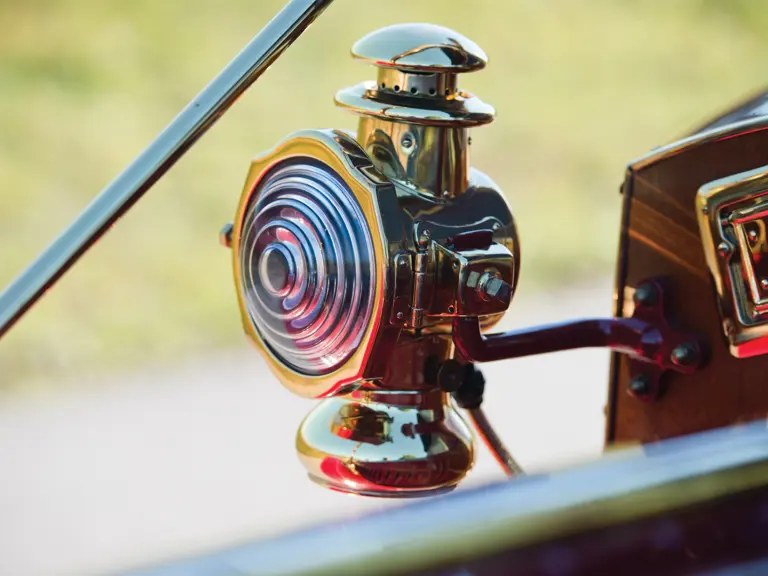
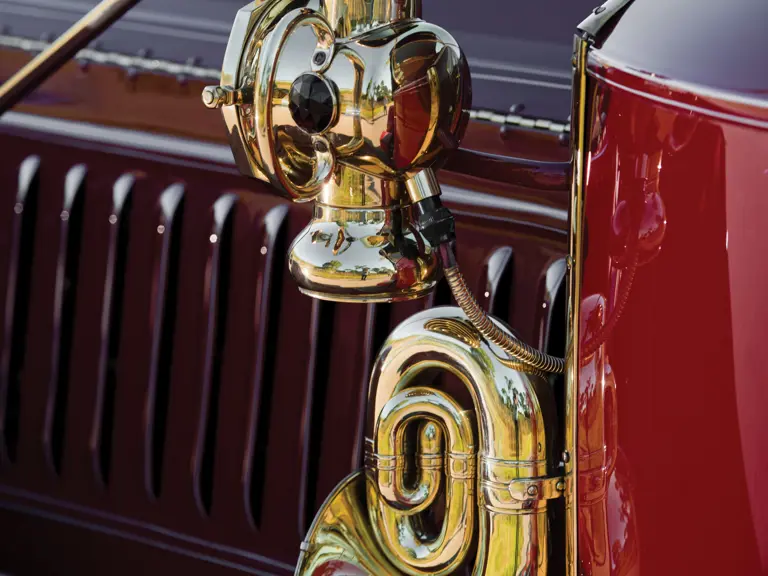
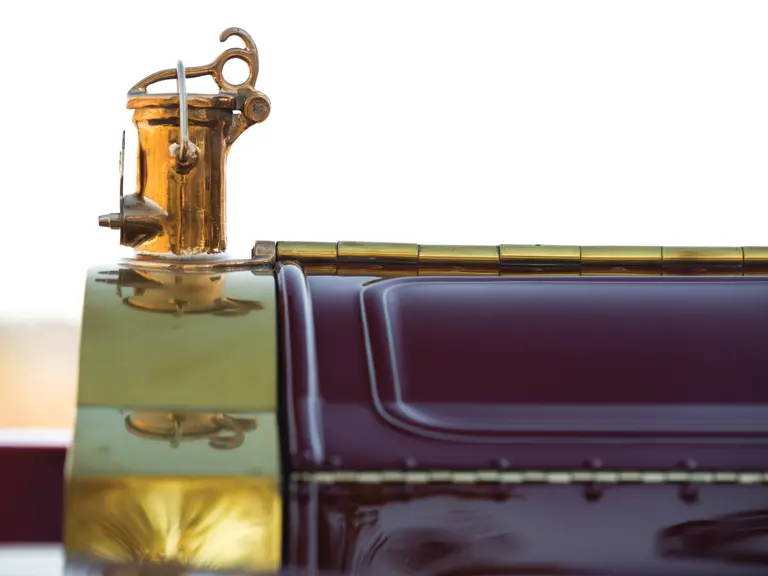

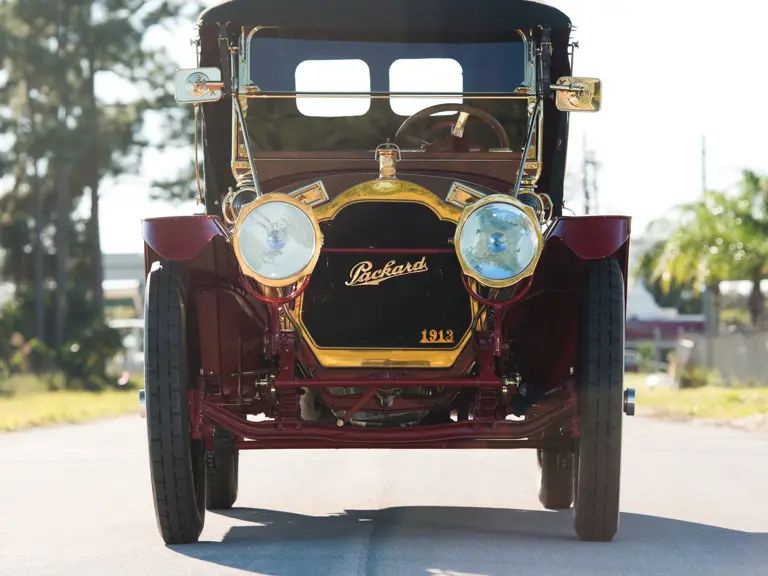
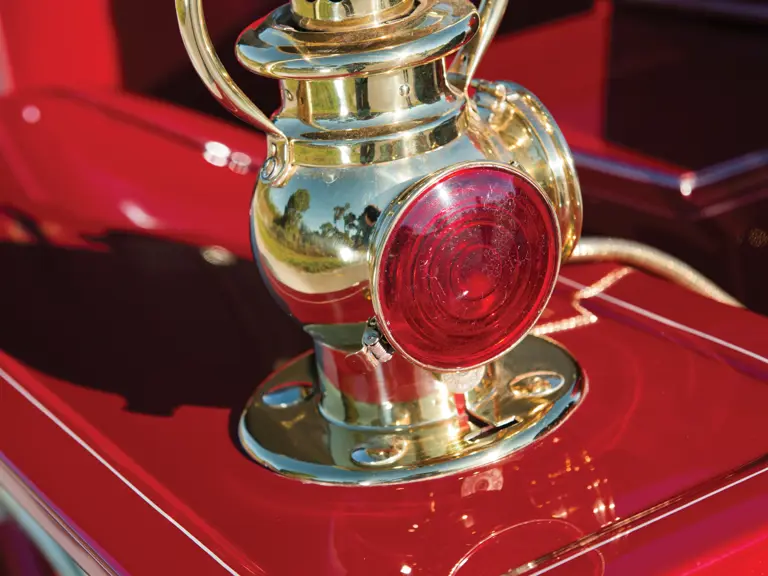

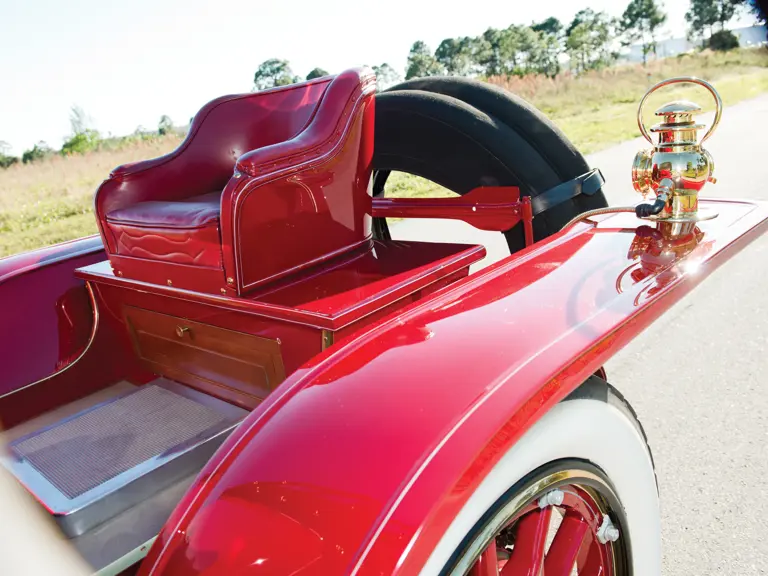
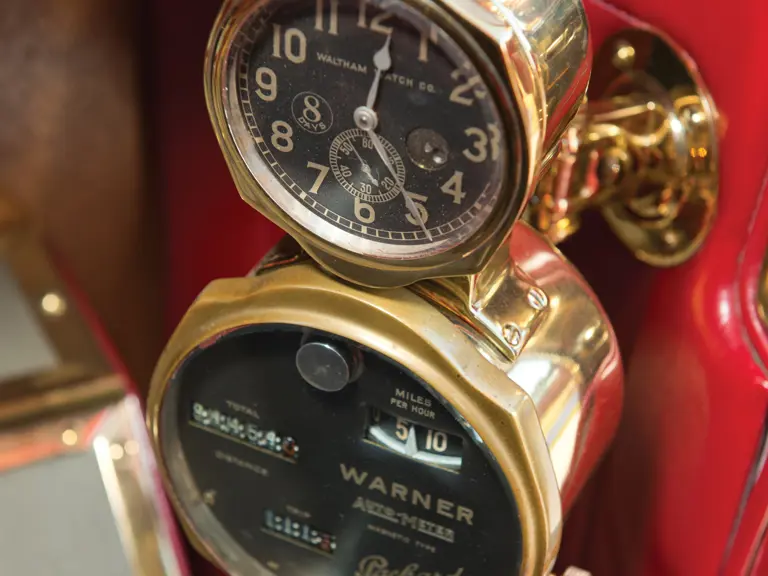
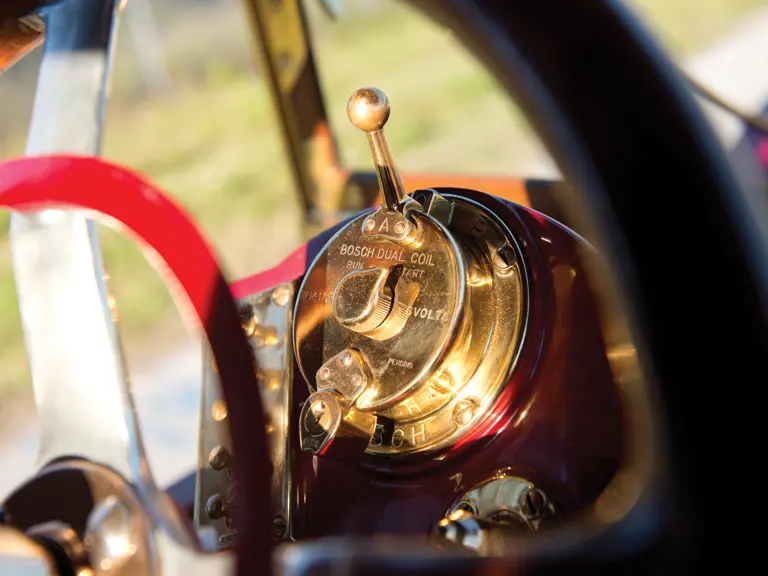
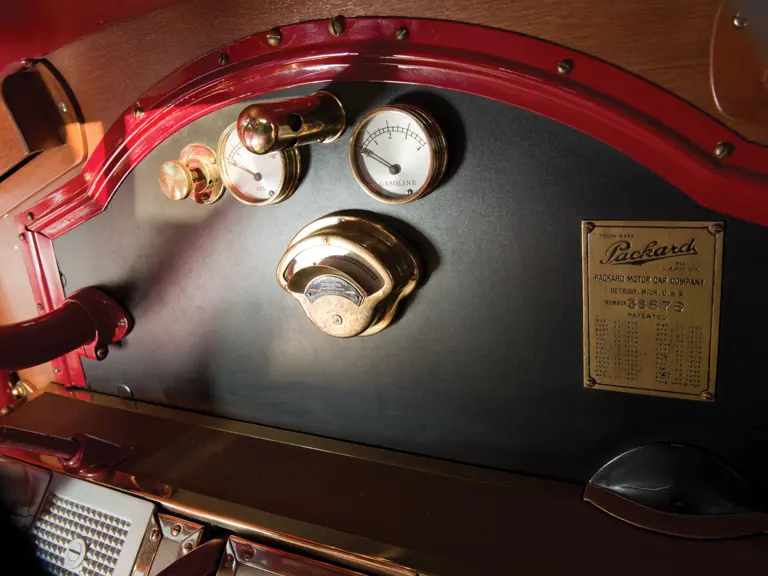
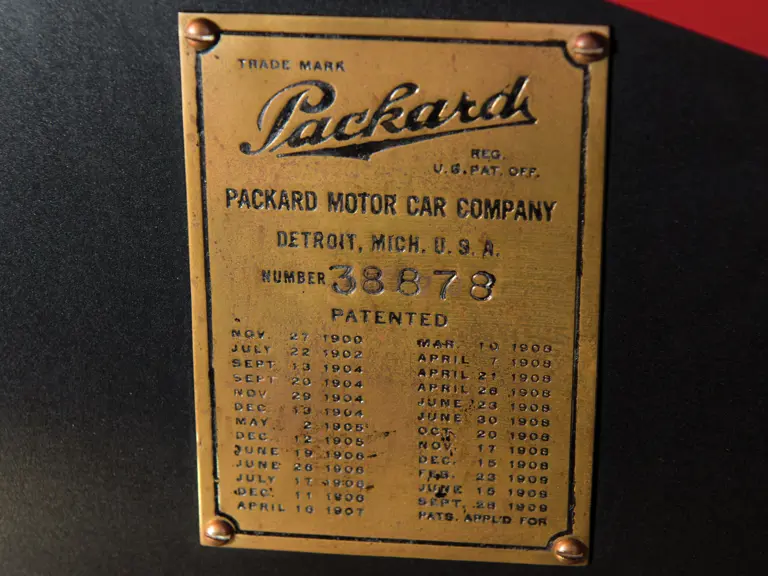
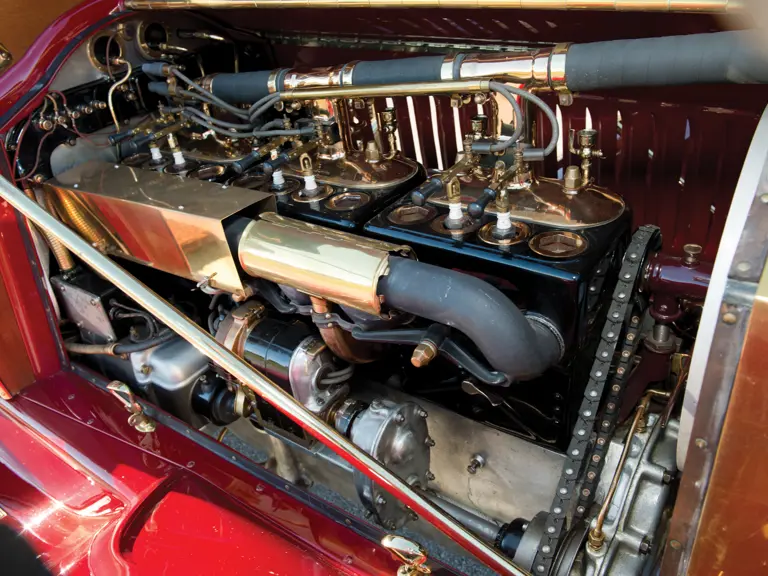
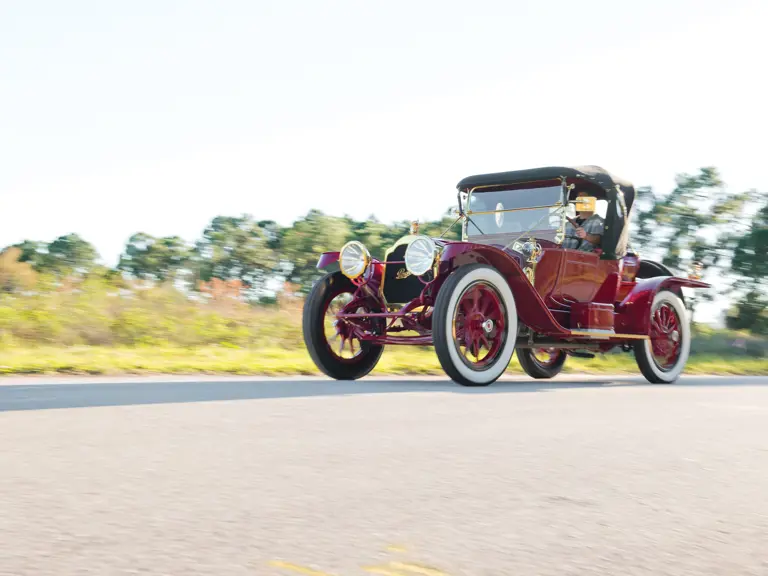
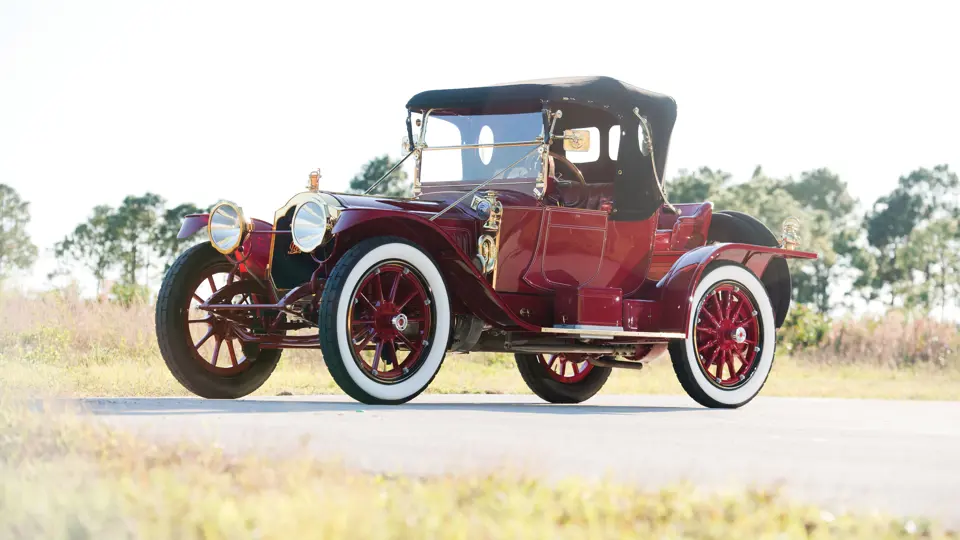
 | Amelia Island, Florida
| Amelia Island, Florida
